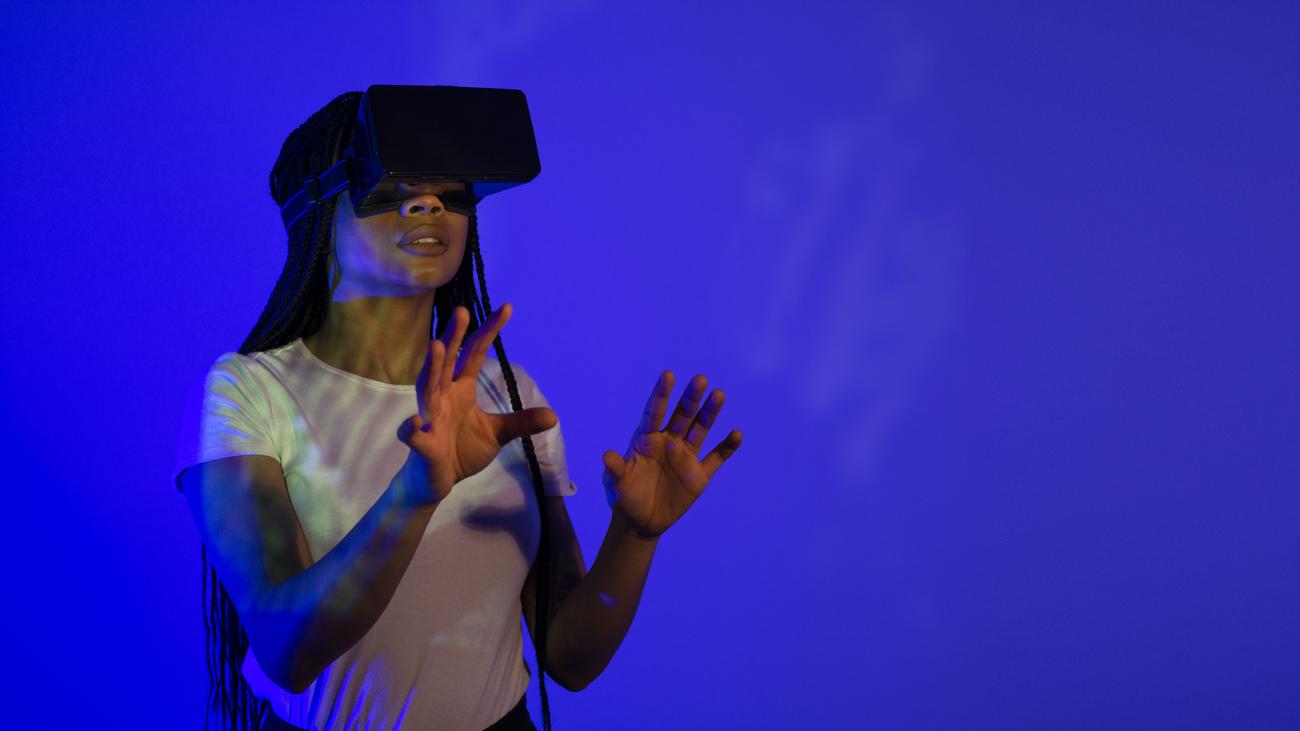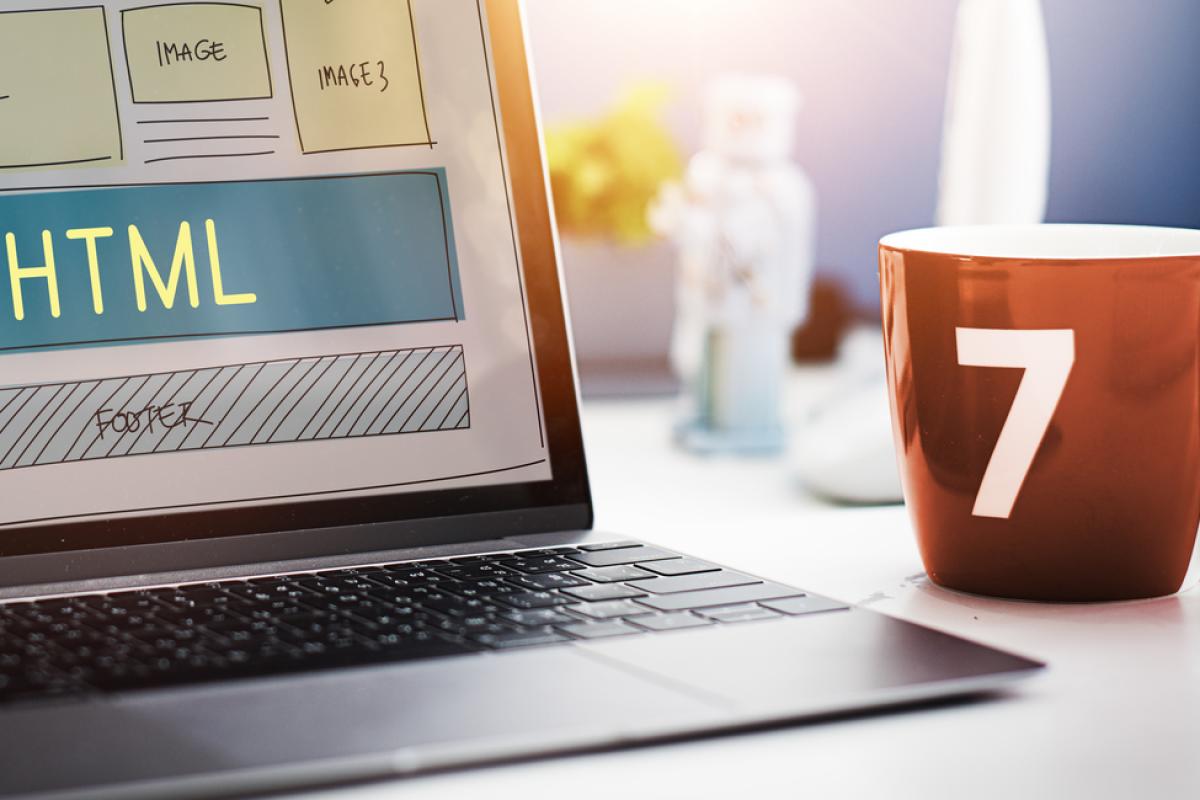Technology, further than ever is evolving at a rapid-fire pace, enabling faster change and progress, accelerating the rate of change. Still, it isn't only technology trends and arising technologies that are evolving, a lot further has changed this time due to the outbreak of COVID-19 making Computing professionals realize that their part won't stay the same in the contactless world hereafter. And an IT professional in 2021-22 will constantly be learning, forgetting, and relearning (out of necessity if not desire).
Trend 1 Ubiquitous computing
These days, computers are all around us in our pockets, on our wrists, in our buses, indeed in our home appliances.
As processing power has increased and the size of computer microchips has shrunk, we ’ve speedily grown used to computers and devices getting smaller, lighter, cheaper, more important, and more ubiquitous. (As an illustration, the average smartphone today is more heavy-duty than the supercomputers of 10 years ago.) Looking ahead, presumably the coming big leap in computing power will come from quantum computers – computers that are so fast and powerful, they could be used to complete new, preliminarily insolvable tasks that traditional computers are n’t able of.
Trend 2 The extending datafication of our lives
From chatting to pals in a messaging app or buying good online, to tapping in and out with an Oyster card or streaming music, moment nearly everything we do leaves a trail of data breadcrumbs. And this adding datafication of our world has led to an unknown explosion in data.
Just in the average nanosecond, Facebook receives logins, further than Tweets are posted, and 156 million emails and 15 million textbooks are sent. With figures like that, it’s no wonder we ’re basically doubling the quantum of data created in the world roughly every two times.
Trend 3 The Internet of Things (IoT) and how everyday bias are getting more’ smart’
The IoT – which encompasses smart, connected products like smart phones and smart watches – is a major contributing factor in this exponential increase in data. That’s because all these smart devices are constantly gathering data, connecting to other bias and sharing that data – all without mortal intervention (your email synching data to your phone, for case).
Enough important anything can be made smart these days. Our buses are getting decreasingly connected.
Trend 4 Exponential growth in calculating power
None of this inconceivable growth in data, nor the billions of IoT bias available, would be possible without the enormous hops in calculating power that we ’ve made. Between 1975 and 2015, computing power doubled at a rate of every two times, before decelerating to the current rate of roughly every two and a half times.
But we ’re reaching the limits of what traditional computing power can handle. Thankfully, on the horizon, we've amount computing. Presumably the most significant metamorphosis of calculating power ever, amount computing will see computers come millions of times faster than they're right now. Tech leaders are in a race to launch the first commercially feasible amount computer, capable of working problems that moment’s computers can’t handle. capable, indeed, of working problems that we can’t indeed imagine yet.
Trend 5 The rise of artificial intelligence (AI)
Computers are now suitable to learn in important the same way as we humans do, and this improvement in AI capabilities has been made possible by the massive increase in data and computing power. It’s the inconceivable explosion in data that has allowed AI to advance so snappily over the last couple of times; the more data an AI system has, the hastily it can learn and the more accurate it becomes.
This huge step forward in AI mean computers can now shoulder more and more mortal tasks. In fact, it’s AI that allows computers to see (e.g. facial recognition software), read (e.g. analysing social media dispatches), hear (e.g. Alexa standing by to answer your every command), speak (e.g. Alexa being suitable to answer you) and gauge our feelings (e.g. affective computing).
Trend 6 Extended Reality (XR)
XR is an umbrella term representing the spectrum of immersive technologies: virtual reality, augmented reality, and mixed reality.
XR was primarily known for immersive gaming, but nowadays, it is deployed across a wide range of industries, where it is being used to create more immersive, personalized experiences for customers and employees. For example, customers can now try out products virtually – such as digitally placing a new sofa in their living room to see how it looks – and employees can learn in immersive, interesting new ways.
In the future, I believe our experience of the world will increasingly take place in this blurred space between the real world and the digital one, and XR is only going to accelerate this shift. Companies must therefore begin to consider how they will accommodate this, and create immersive experiences for their customers and
Trend 7 3D printing opens up amazing openings for manufacturers (and others)
Related to adding robotization, the invention of 3D printing is dismembering manufacturing, and other diligence, in numerous positive ways. In traditional (subtractive) manufacturing, objects are cut or hollowed out of material, similar as essence, using commodity like a slice tool. But in 3D printing ( also known as cumulative manufacturing), the object is created by laying down, or adding, layers of material. The accoutrements used in 3D printing can be enough important anything plastic, essence, concrete, liquid, greasepaint, indeed chocolate or mortal towel!
With 3D printing, far more complex shapes can be created than in traditional manufacturing – and using lower material, too. It also allows for much lesser customization of products, without fussing about husbandry of scale.
Trend 7 We ’re interacting with technology in veritably different ways
The way we interact with technology has changed dramatically in recent times – and is still changing. Thanks to smart phones and tablets, we can carry out a whole range of tasks on the move simply by touching a screen. Mobile web operation has increased to the point where, in 2016, it caught web operation through traditional computers. Google has also verified that quests on mobile bias now outshine desktop quests.
We ’re also talking to our bias, using voice quests via Siri and the suchlike. Estimates suggest that, by 2020, 50 percent of all quests will be voice quests, and around 30 percent will involve no screen whatsoever. As a result, all kinds of businesses are gradationally integrating their products with the likes of Siri, Alexa and Google Assistant. For illustration, Alexa is being integrated into BMWs from 2018.
Virtual reality and stoked reality represent the coming huge vault in interface invention, transubstantiating how businesses interact with guests.
Trend 8 Blockchain
Although most people think of blockchain technology in relation to cryptocurrencies such as Bitcoin, blockchain offers security that is useful in many other ways. In the simplest of terms, blockchain can be described as data you can only add to, not take away from, or change. Hence the term “chain” because you’re making a chain of data. Not being able to change the previous blocks is what makes it so secure. In addition, blockchains are consensus-driven, so no one entity can take control of the data. With blockchain, you don’t need a trusted third-party to oversee or validate transactions.
Several industries are involving and implementing blockchain, and as the use of blockchain technology increases, so too does the demand for skilled professionals. From a birds eye view, a blockchain developer specializes in developing and implementing architecture and solutions using blockchain technology. The average yearly salary of a blockchain developer is 6.4K USD.
If you are intrigued by Blockchain and its applications and want to make your career in this trending technology, then this is the right time to start. To get into Blockchain, you need to have hands-on experience of programming languages, the fundamentals of OOPS, flat and relational databases, data structures, web app development, and networking.
Fiscal services, insurance and healthcare are just some of the sectors where blockchains are likely to be heavily espoused. In fact, 90 percent of major European and North American banks are exploring blockchain results.
Trend 9: New energy solutions
Nuclear fusion is often touted as the clean and potentially inexhaustible energy solution for the future, but there’s a problem – maintaining a fusion reaction takes more energy than it produces! But now, thanks to advances in magnet technology, we may see a nuclear fusion reactor deliver a net power output by 2035.
Another exciting zero-carbon energy solution is green hydrogen (which is different from traditional "grey hydrogen" production). With green hydrogen, water is split into hydrogen and water, without creating any byproducts, through a process of electrolysis. Historically, this process took so much electricity; green hydrogen was basically unfeasible. But renewable electricity sources may change this. For example, as excess renewable electricity is becoming available on the grid, that excess energy could, in theory, be used to drive the electrolysis of water.
The key lesson from all these trends is we’re entering an era of continual and rapid evolution, where multiple tech trends combine and feed into each other to deliver huge changes. For businesses, this means the days of incremental tech upgrades are gone forever. Continual change is the way of the future.


